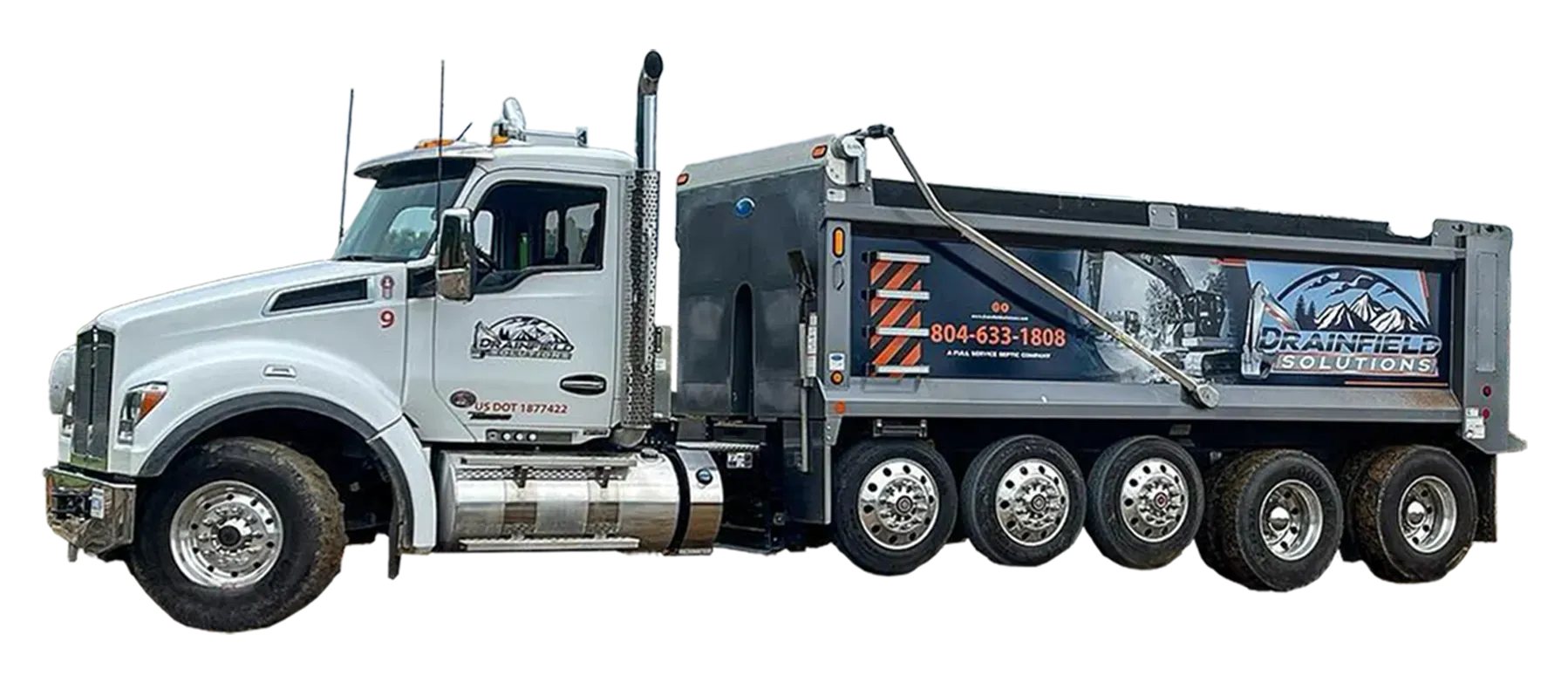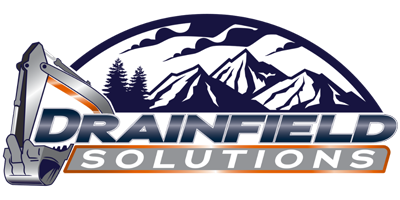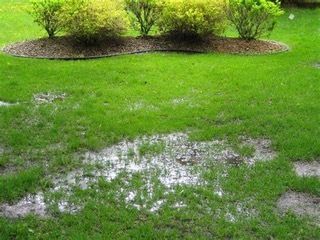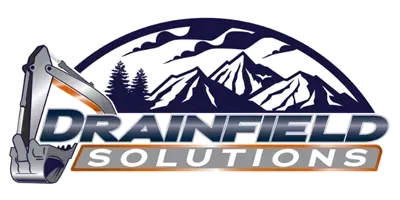
Essential Do's and Don'ts for Septic Drainfield Care: Keep It Flowing Smoothly
December 17, 2024
Your drainfield is an essential part of your septic system, handling the crucial job of filtering wastewater safely into the ground. It works quietly in the background, but that doesn’t mean it doesn’t need a little TLC to keep doing its job. Proper care and maintenance can mean the difference between a smoothly running system and an expensive, smelly disaster.
At Drainfield Solutions, we’ve seen it all—from drainfields that were well-loved and lasted decades to those that were, let’s just say, “overlooked.” If you want to be in the first group, follow these essential do’s and don’ts for drainfield care.
Do: Pump Your Septic Tank Regularly
Think of pumping your septic tank as giving your system a clean slate. Regular pumping removes the solids that can clog pipes and soil, keeping everything flowing the way it should.
- Schedule a pump every 3–5 years, depending on your household size and water usage.
- If you don’t know the last time your tank was pumped, it’s time to call a professional.
This routine task prevents major issues and ensures your drainfield isn’t working harder than necessary.
Don’t: Use Your Drainfield as a Parking Lot
Your drainfield isn’t built to handle the weight of vehicles, heavy equipment, or large structures. Driving or parking on it can compact the soil and damage the pipes, leading to costly repairs.
- Keep cars, trucks, and construction equipment off your drainfield.
- Avoid building sheds, patios, or pools in the area.
Give your drainfield the room it needs to function properly.
Do: Flush Smart
Your toilet is designed to handle human waste and toilet paper—nothing more, nothing less. Anything else can clog your system and wreak havoc on your drainfield.
- Flush only toilet paper and human waste.
- Keep wipes (even the “flushable” kind), feminine hygiene products, and paper towels out of the toilet.
- Avoid pouring grease, oils, or harsh chemicals down the drain—they disrupt the natural bacteria that help break down waste.
A simple rule of thumb: if it’s not biodegradable, it doesn’t belong in your septic system.
Don’t: Overload the System with Water
Your drainfield can only process so much water at a time. Overloading it can lead to oversaturation, making it difficult for wastewater to filter properly.
- Space out water-heavy activities like laundry and dishwashing.
- Fix leaky faucets and running toilets to reduce unnecessary water flow.
- Be mindful of long showers or excessive water use during gatherings.
Think of it like pacing yourself—you don’t want to overwhelm the system all at once.
Do: Pay Attention to Landscaping
The area above your drainfield plays a significant role in its overall health. Proper landscaping can prevent erosion and protect the system from root intrusion.
- Plant grass or shallow-rooted plants to stabilize the soil.
- Avoid trees or shrubs with deep roots that can invade and damage pipes.
- Leave the area clear of heavy objects or structures.
A little landscaping care goes a long way in ensuring your drainfield stays functional for years to come.
Don’t: Ignore Warning Signs
Your drainfield might be underground, but it has ways of letting you know when it needs attention. Ignoring these signs can lead to more extensive and expensive problems down the line.
- Soggy Spots: Water pooling in your yard isn’t normal.
- Foul Odors: A sewage smell near your drainfield is a clear red flag.
- Slow Drains: If sinks and toilets are taking longer to empty, your system might be struggling.
Addressing issues early can save you a lot of time and money.
Do: Redirect Rainwater
Excess rainwater can oversaturate the soil around your drainfield, making it harder for wastewater to filter effectively.
- Redirect gutters, downspouts, and other drainage systems away from the drainfield.
- Ensure the area around your drainfield slopes away to prevent pooling.
Rainwater and wastewater don’t mix, so keep the area as dry as possible.
Don’t: Skip Routine Inspections
Even if everything seems fine, regular inspections are critical for catching small problems before they turn into big ones.
- Schedule an inspection every 3–5 years, or more often if your system sees heavy use.
- Inspections can identify issues like clogs, soil compaction, or root intrusion early on.
A professional checkup is a small investment that can prevent costly repairs.
Do: Get Everyone in the House on the Same Page
Drainfield care isn’t a one-person job. Everyone in your household needs to understand the basics of how the system works and what to avoid.
- Teach kids what can and can’t go down the toilet or drain.
- Let guests know about any unique aspects of your septic system.
- Share the importance of water conservation with the whole household.
The more everyone knows, the easier it’ll be to keep your system in great shape.
Don’t: Attempt DIY Repairs
Septic systems are complex, and drainfield issues require professional expertise. Trying to fix problems yourself can lead to bigger headaches—and potentially violate local regulations.
- Leave repairs, pumping, and inspections to licensed professionals.
- DIY fixes can cause more damage and might void warranties on your system.
When in doubt, call in the experts. It’s worth it.
Do: Call Drainfield Solutions for Help
Your drainfield plays a vital role in keeping your home safe and clean. Taking care of it doesn’t have to be complicated—as long as you follow these simple do’s and don’ts.
If you’re unsure about the condition of your drainfield or need expert help, the team at Drainfield Solutions is here for you. Since 2005, we’ve been helping homeowners in Central Virginia keep their septic systems running smoothly.
📞 Call us today at
(804) 633-1808
🌐 Visit our
contact page to make an appointment
When it comes to drainfield care, a little effort goes a long way—and your system (and your wallet) will thank you for it!
Share Post
Latest Posts
Ready to Take the Next Step?
Whether you're in need of a system inspection or regular maintenance, Drainfield Solutions is here to help. Get in touch today for reliable service you can trust.






